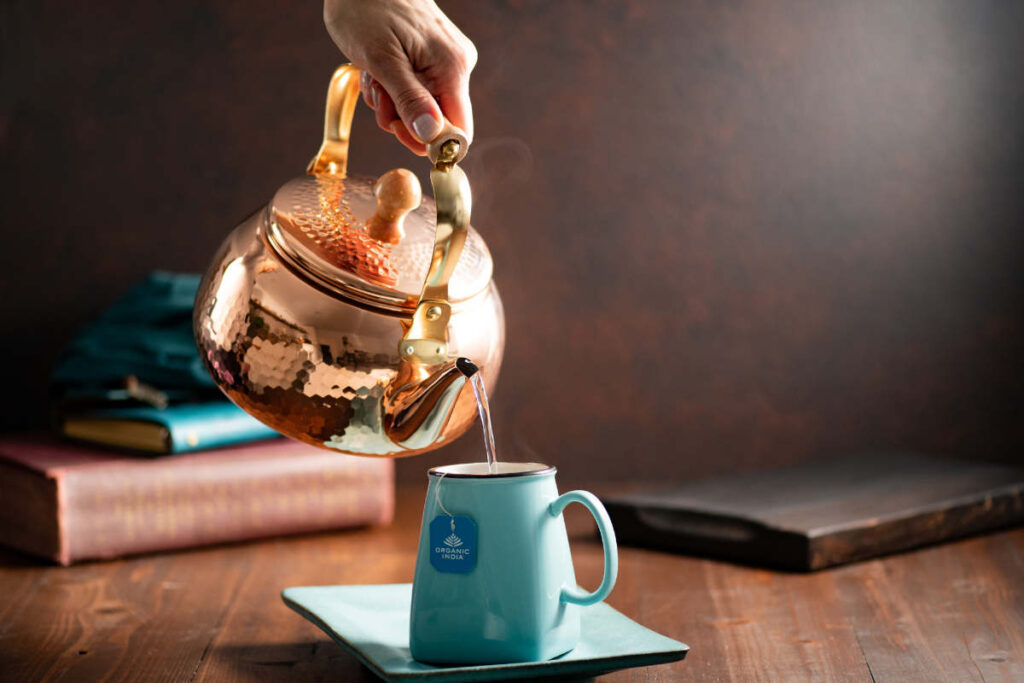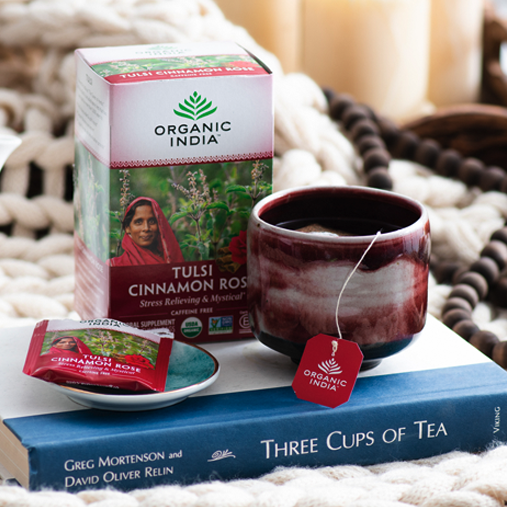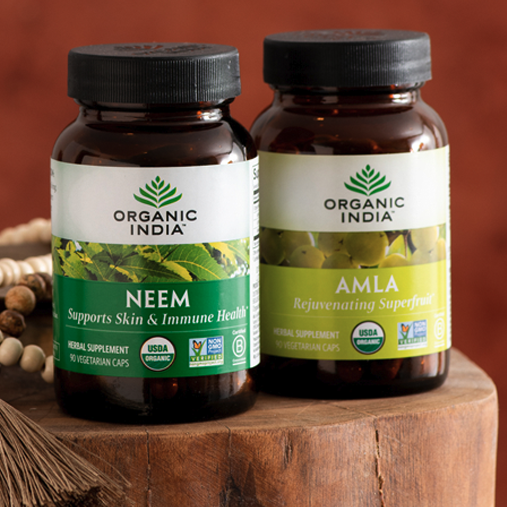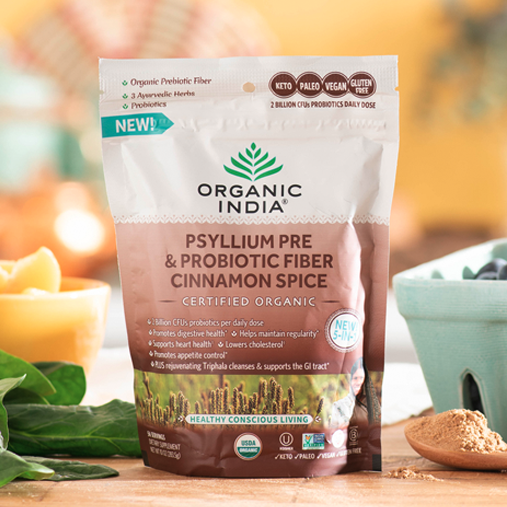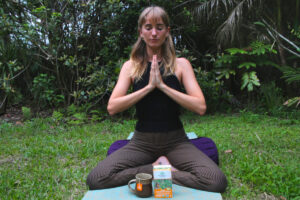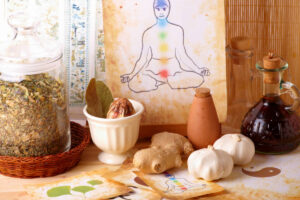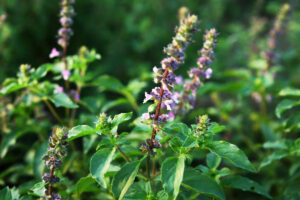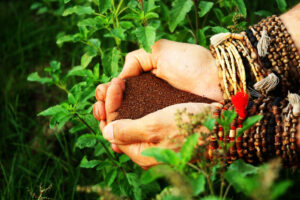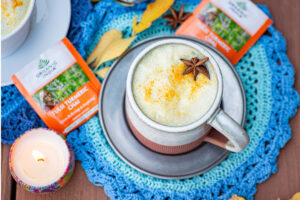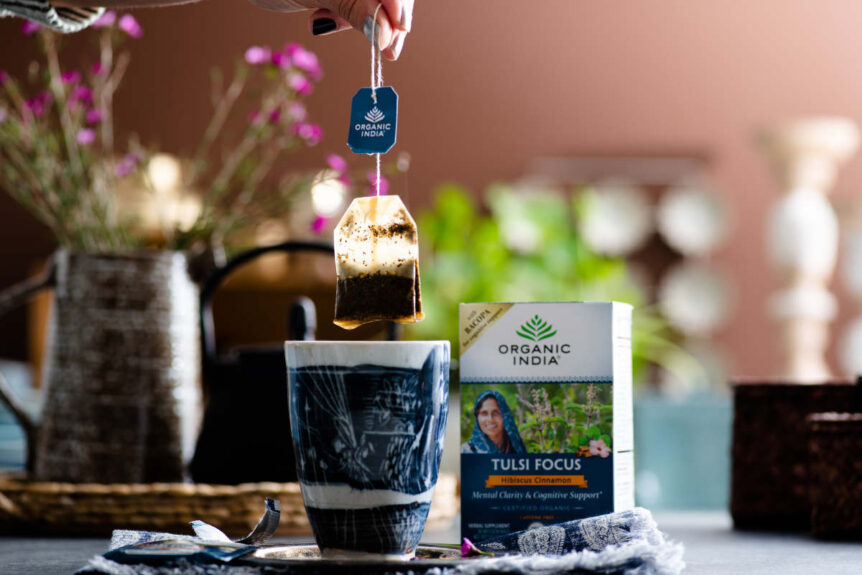Back
There’s nothing more satisfying than beginning your day with your hands wrapped snugly around a steaming cup of hot tea. If you love drinking tea morning, noon, and night, you’re not alone — tea is the second most consumed beverage worldwide. But along with all of those aromatic, flavorful cups of tea comes an often overlooked by-product: the used tea bag.
In the past, you may not have given your used tea bag a second thought. But what if you could provide that squishy little satchel a second chance? About five billion tea bags are disposed of worldwide each year. If you recycle, reuse, or repurpose your used tea bags, imagine the difference you could make!
The good news is that you can give your spent tea bag new life. Used tea bags have many surprising applications beyond the convenient way to make your favorite tea. The organic plant material inside them has more to offer than just one cup of tea. From fertilizing plants in your garden to reducing under-eye puffiness and removing grease from dishes to polishing woodwork, you’ll be surprised at what a used tea bag can do for you!
So once you finish making your tea, press the extra water out of the tea bag and place it in a clean storage container. It won’t be long before you have a collection of used tea bags ready to be put to work!
1. How to Incorporate Used Tea Bags in Your Garden
A garden is a perfect place for adding organic matter contained in your tea bags. Used tea leaves add nitrogen-rich components to the soil, leading to healthier plants. It also increases the oxygen levels in the earth and encourages earthworms.
But there’s more to it than just tossing used tea bags into your garden. First, check to see if the tea bag is compostable. Paper, muslin, or silk tea bags decompose nicely and are suitable for composting. Some tea bags, however, are made with polypropylene, a flexible plastic used to help the bag keep its shape and stay sealed while steeping. If you find that your tea bag is not compostable, slit the bag open, save the tea leaves inside and discard it.
Plants like ferns, roses, tomatoes, and most vegetables, do well in a more acidic soil, which is perfect for your used tea leaves. Some plants, however, need a more alkaline environment. In this case, mix your used tea leaves into your compost rather than sprinkling them directly around the plant.
You can place loose tea leaves or used tea bags into your compost bin for composting or put them directly into the soil around the plants in your garden. Simply sprinkle the used tea leaves onto the ground and mix them in or bury the tea bag about an inch under the earth. As the tea bag decomposes, the organic matter will help nourish the plants while aiding in moisture retention.
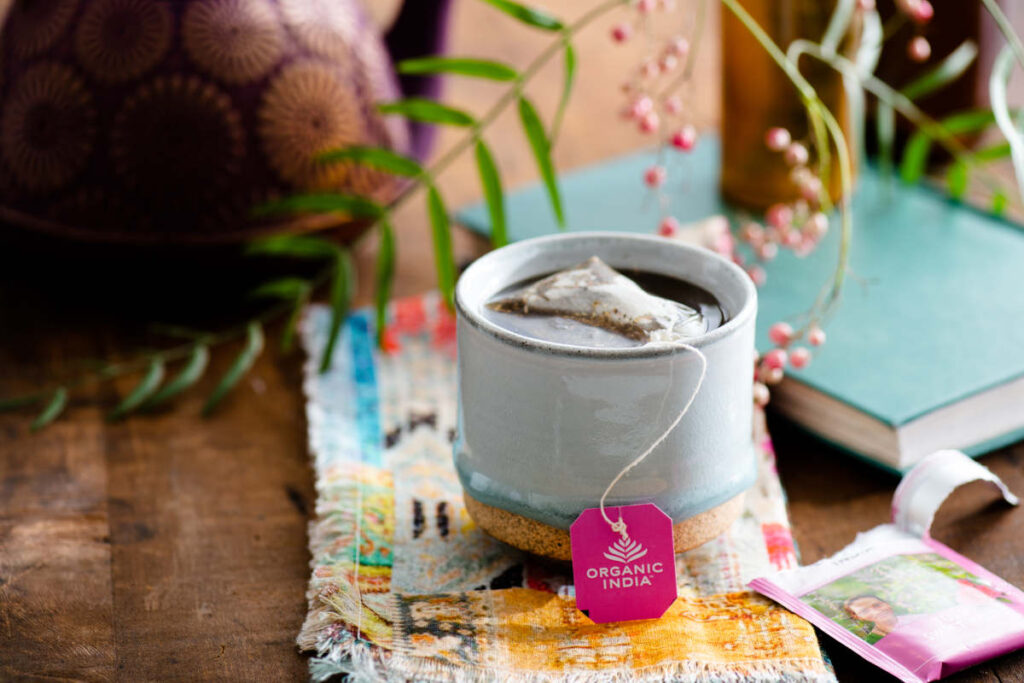
2. How to Use Tea Bags in Your Beauty Regimen
Have you ever thought about adding used tea bags to your beauty regimen? Using the remnants of your morning drink in your beauty routine may seem a little odd, but the truth is that used tea bags can be a helpful tool in giving your skin that healthy-looking glow.
Green tea’s anti-inflammatory properties make it an effective remedy for dermatological conditions. Due to its high content of polyphenols, it soothes skin irritations, alleviates puffiness, and reduces redness. You can also use it as a topical treatment for minor scrapes and sunburns.
Green tea contains vitamin E, which hydrates and nourishes the skin. In one study, participants were asked to apply a formulation of green tea extract to their forearms each day. At the end of thirty days, researchers found that the participants had experienced enhanced skin moisture and reduced roughness.
Green Tea Face Mask
Sometimes indulging in a bit of self-care is the perfect way to end the day. A basic scrub made from green tea leaves can help unclog blocked pores and diminish the appearance of dark circles and puffy eyes. The astringent nature of tea leaves helps cleanse oily skin, leaving a healthy glow.
Making a green tea face mask is quick and easy — you only need a few ingredients. After you’ve enjoyed your tea, open the cooled tea bag and dump the tea leaves into a small mixing bowl. One tea bag usually contains about one tablespoon of leaves. Add one tablespoon of baking soda and one tablespoon of honey to the tea leaves. Mix until combined to make a paste. You can add a little water if it seems too dry.
Using a light touch, apply the paste evenly over a clean face and gently massage for two to three minutes to lift dirt from your pores and remove dead skin cells. Leave the mask on your face for about ten minutes, then rinse with warm water and apply your favorite natural moisturizer.
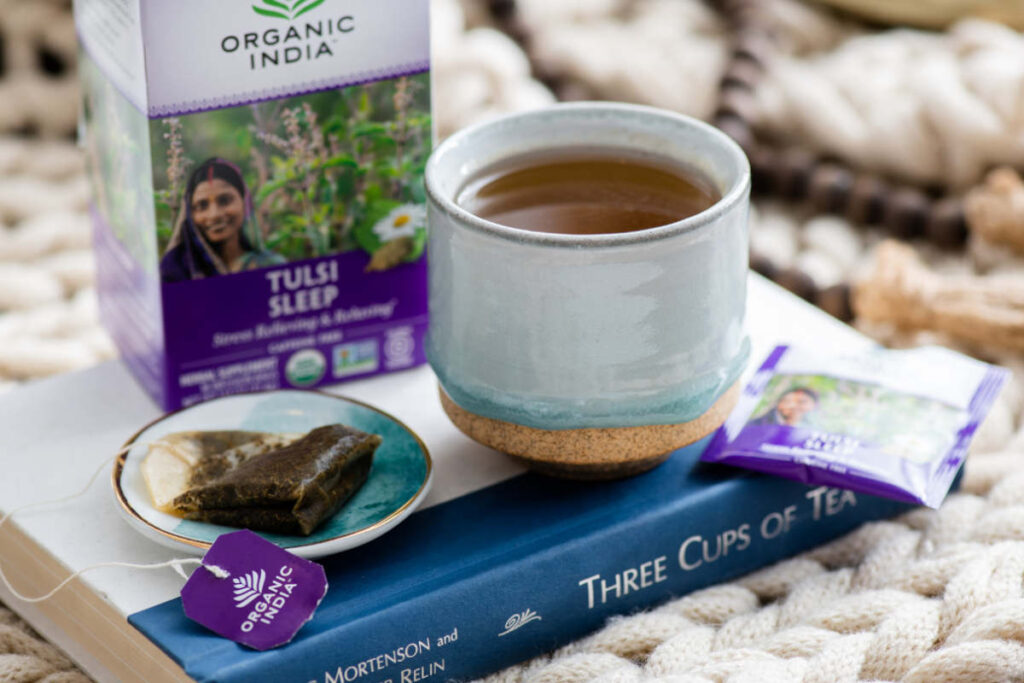
3. Cleaning With Used Tea Bags
Did you know that after you enjoy your steaming cup of organic tea, you can put your used tea bag to work cleaning different areas of your home?
The next time you have pots, pans, and baking sheets coated with sticky or greasy food residue, try tossing a few used tea bags into your dirty pots with a cup or two of hot water. Tea is a potent astringent filled with tannins that can cut through grease. Let the dishes soak overnight, and you’ll be thrilled at how easily they scrub clean the following day.
Tea bags are also very effective for eliminating fingerprints from windows and mirrors. A damp, used tea bag can even clean your eyeglasses. Simply rub the wet tea bag over the surface of the glass, then wipe dry with a clean cloth.
If you have wood flooring or furniture and love black tea, you can use your old black tea bags to add a little shine to your woodwork. Furniture polish can create a waxy buildup that dulls your furniture over time. The tannins in black tea help break down and remove the dullness, leaving behind a nice sheen. To take advantage of the tannins in your black tea, add a few used tea bags to hot water and let them steep until the water cools. Take a soft microfiber cloth, dip it in the cooled water and wipe down your wood furniture and floors.
4. Reuse for a Second Cup
What better way to reuse your tea bag than to re-steep it for a second cup of tea? There’s no reason to toss your used tea bag after just one use. Good, quality organic tea, like our teas at Organic India USA, contain more than enough antioxidants and polyphenols to reap the health benefits, not once but twice!
Once you have finished steeping your first cup of tea, be sure to store the used tea bag properly. If you plan to enjoy your second cup in an hour or so, you can place the tea bag on a saucer. If you’re going to make your second cup the next day, place the used tea bag in a tightly covered container and store it in the refrigerator to preserve its flavor and freshness. Steep your tea a bit longer on your second go-around to extract the most goodness from the tea leaves.
Whether you appreciate the hint of caffeine in our Fairtrade Certified Green Tea or you prefer to find deep relaxation and rejuvenation from our Tulsi Aswagandha infusion, be sure to follow the tips above to get the most out of your tea bags.
